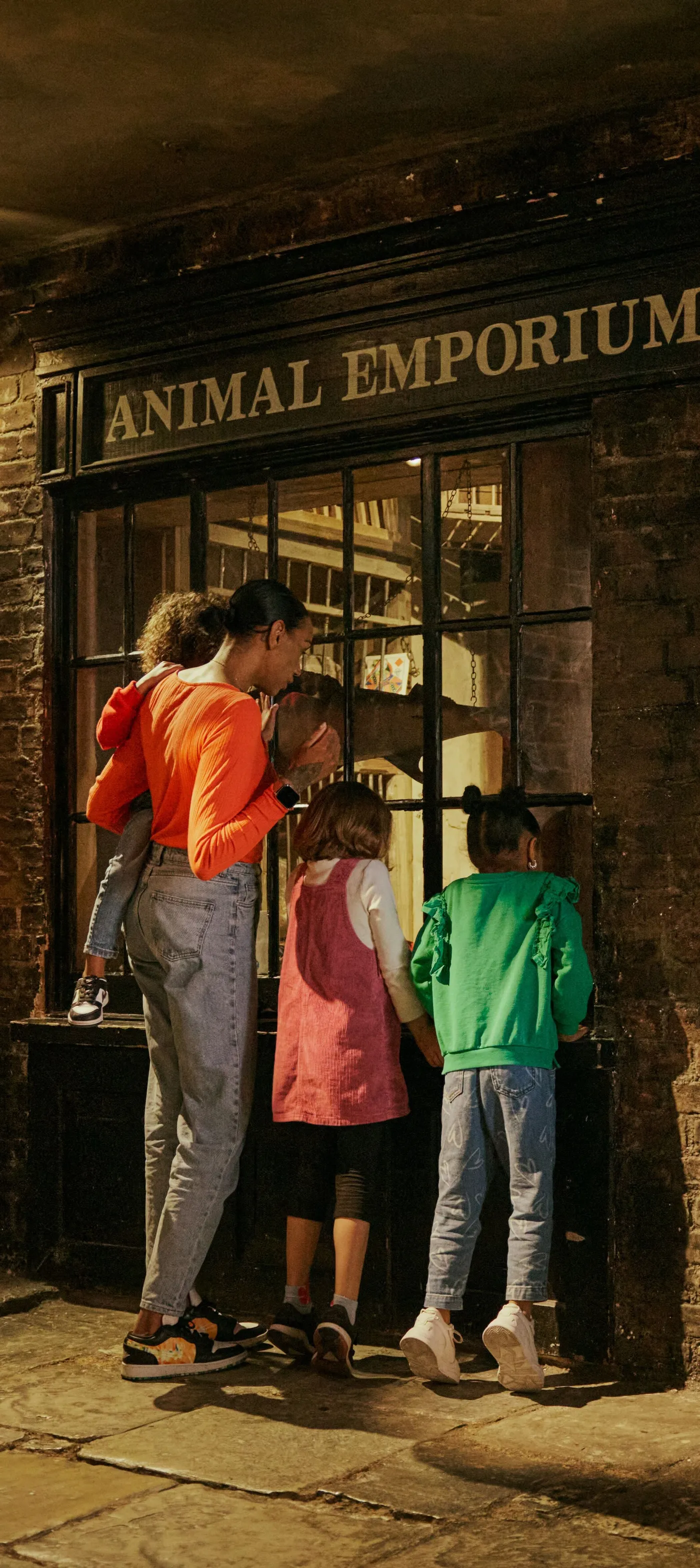29 October 2024 — By Jillian Reid
From fox lungs to fuming pots: 17th-century flu remedies
Discover how early Londoners tackled colds with strange cures – from balancing ‘humours’ to herbal drug jars and fumigating homes with spiced air. Learn how some remedies live on, even as others vanished with modern medicine.
Have you had your flu jab yet?
While the seasonal flu vaccine by NHS was introduced in the late 1960s, Londoners have been battling the sniffles and chills for centuries. So, as we ring our GPs and flock to our local pharmacies, we’re reminded that while the common cold certainly always existed in London, Lemsip did not.
Working on the museum’s Collections Information Upgrade Project, we recently documented a range of objects from London’s past, including its less savoury periods, from wig curlers made of human/animal hair that potentially carried the plague to urethral syringes. The objects originate from the 17th century, prompting me to ask: How did early modern Londoners treat their blocked noses and sore throats?
Blood, bile and bad air
First, we have to look at how people in the 17th century understood why they were getting sick, pointing us in the direction of the ‘humoral system’. So, what actually is the ‘humoral system’?
This was a medical theory which revolved around four factors: black bile, yellow bile, phlegm and blood. To stay healthy, each of these ‘humours’ needed to be balanced (sometimes through methods like bleeding via leeches).
“People believed that ‘miasmas’ or ‘bad air’ carried illnesses”
Germ theory wasn’t yet understood in the 1600s, and people believed that ‘miasmas’ or ‘bad air’ carried illnesses. So, when early modern Londoners had a humoral imbalance or caught the plague from ‘bad smells’, they turned to physicians, apothecaries and home cures.
Here are a few objects from the museum’s collection that help us understand medicinal practices in 17th-century London.
Pharmacopeia Londinensis, a health manual

An English translation of the Pharmacopoeia Londinensis, printed in 1675.
One of the earliest books on medicine in our collection is an English translation of the Pharmacopoeia Londinensis, printed in 1675. The original Latin version was published in 1618, when King James I wanted to standardise medical practice in England. It was used heavily by the apothecaries.
“The lungs of a Fox well dried (but not burned) is an admirable strengthener to the lungs”
Pharmacopoeia Londinensis
As the Latin text made it difficult for general use, Nicholas Culpeper produced an English translation in 1649. His translation also included ‘effective’ recipes with healing properties for the everyday reader, democratising medical knowledge. Unsurprisingly, this move angered many physicians, who felt their expertise was being threatened.
Some of the recommendations in the book are not as strange as we might imagine and continue to be used as home remedies. For example:
- saffron “sends out whatever humour offends the body, drives back inflammation”
- nutmegs “ease pains of the heads and pains in the joints, add strength to the body take away weakness coming of cold”
- figs “helps coughs, cleanse the breath, and help infirmities of the lungs”
However, you may not want to try some other concoctions such as the “lungs of a Fox well dried (but not burned)” as “an admirable strengthener to the lungs” or use the once recommended powdered mummy for asthma, instead of our modern-day inhalers.
Drug jars as pretty pill boxes
At London Museum, we have hundreds of drug jars that can be seen as the prettier 17th-century version of today’s pill bottles. Apothecaries would stock drug jars with herbs, spices and ointments for patients to take away. Patrons could take small drug jars home from the apothecary shop, which could be returned for a small refund or reuse them.
Of the drug jars in our collection, a few stand out. We know from its inscription that this drug jar contained a syrup of coltsfoot flower, which was said to alleviate dry cough. Another held a syrup of dried roses with soothing qualities and was safe for infants. Jars for liquid medicines like these would usually feature a spout for easy pouring. For powders and other dry medication, the drug jars were shorter, squatter and covered with pig’s bladder or parchment.
Fuming pots to clear the air

In the fuming pots in our collection, hot embers or charcoal were placed at the bottom and the herbs in the perforated chamber above.
Back inside people’s homes, fuming pots were used to purify the air and keep illnesses brought on by miasma at bay. The terrible odours of urban waste and pollution weren’t pleasant, and these fuming pots were used to heat herbs and spices, such as cinnamon, rosemary and clove, releasing the fragrance to fumigate homes. Much like the medicine jar combinations, apothecaries would advise on the herbs and spices to pair up for the desired effect.
Urine ‘as sweet as honey’

Physicians had been using urinal flasks for this since the 13th century.
In extreme cases, one might’ve needed more serious medical intervention than just a fuming pot. Physicians had been using urinal flasks for this since the 13th century.
Means of diagnosis included the physicians touching, smelling and even tasting a patient’s urine. In fact, in 1674, physician Thomas Willis linked the presence of sugar in urine to the diagnosis of diabetes. He noted that in diabetic patients, “the urine is wonderfully sweet, as if it were imbued with honey or sugar”.
Interestingly, some apothecaries also sold ‘distilled pee’ as remedies for bites and burns.

Engraving of a man composed of pharmaceutical equipment, surrounded by medicinal plants, 1695.
The 17th-century medical tools in London Museum's collection show just how far medicine has evolved, and how some remedies live on. Today, while saffron and figs still feel familiar, it’s definitely a relief to find paracetamol on pharmacy shelves instead.
Jillian Reid is Project Assistant (New Museum) at London Museum.








